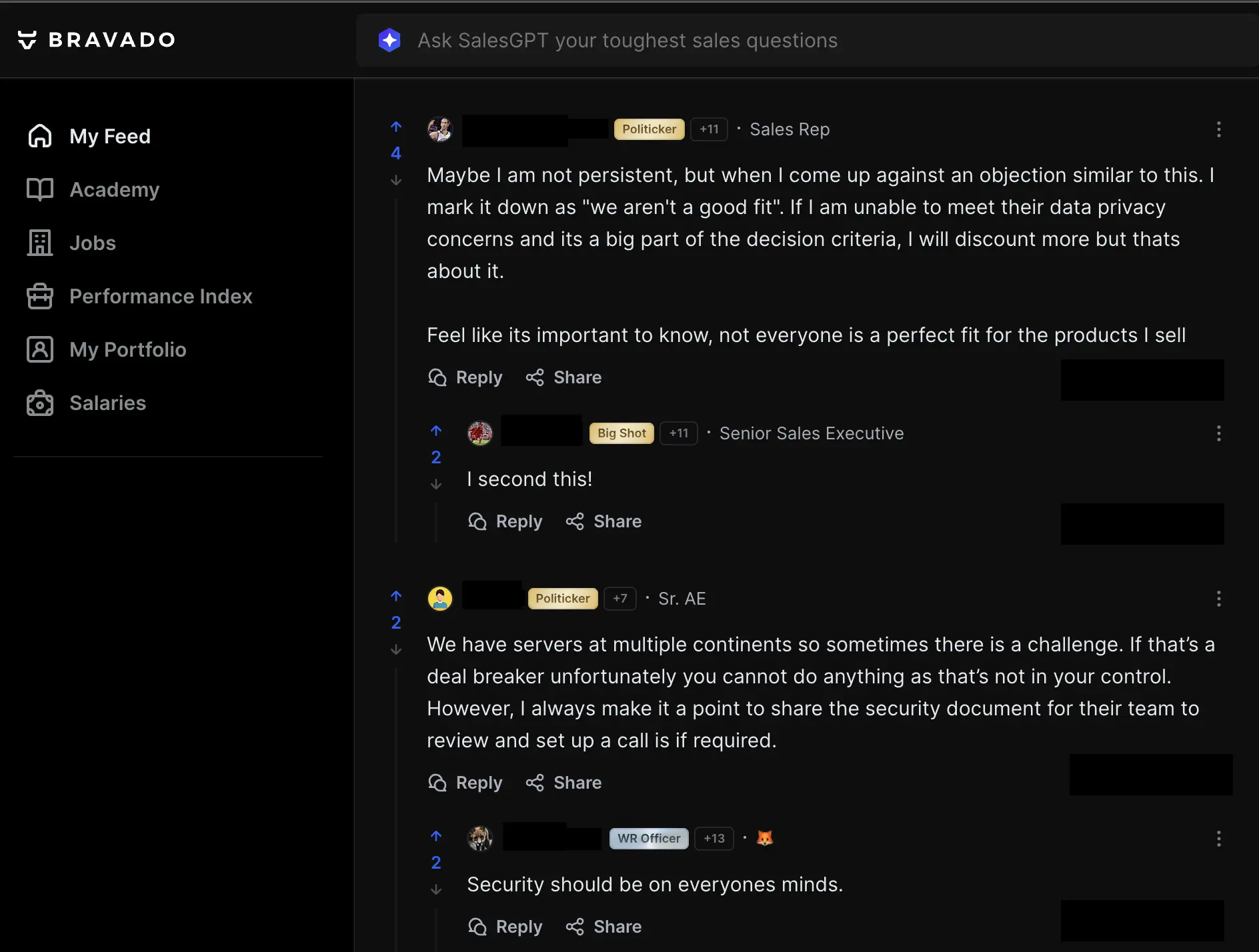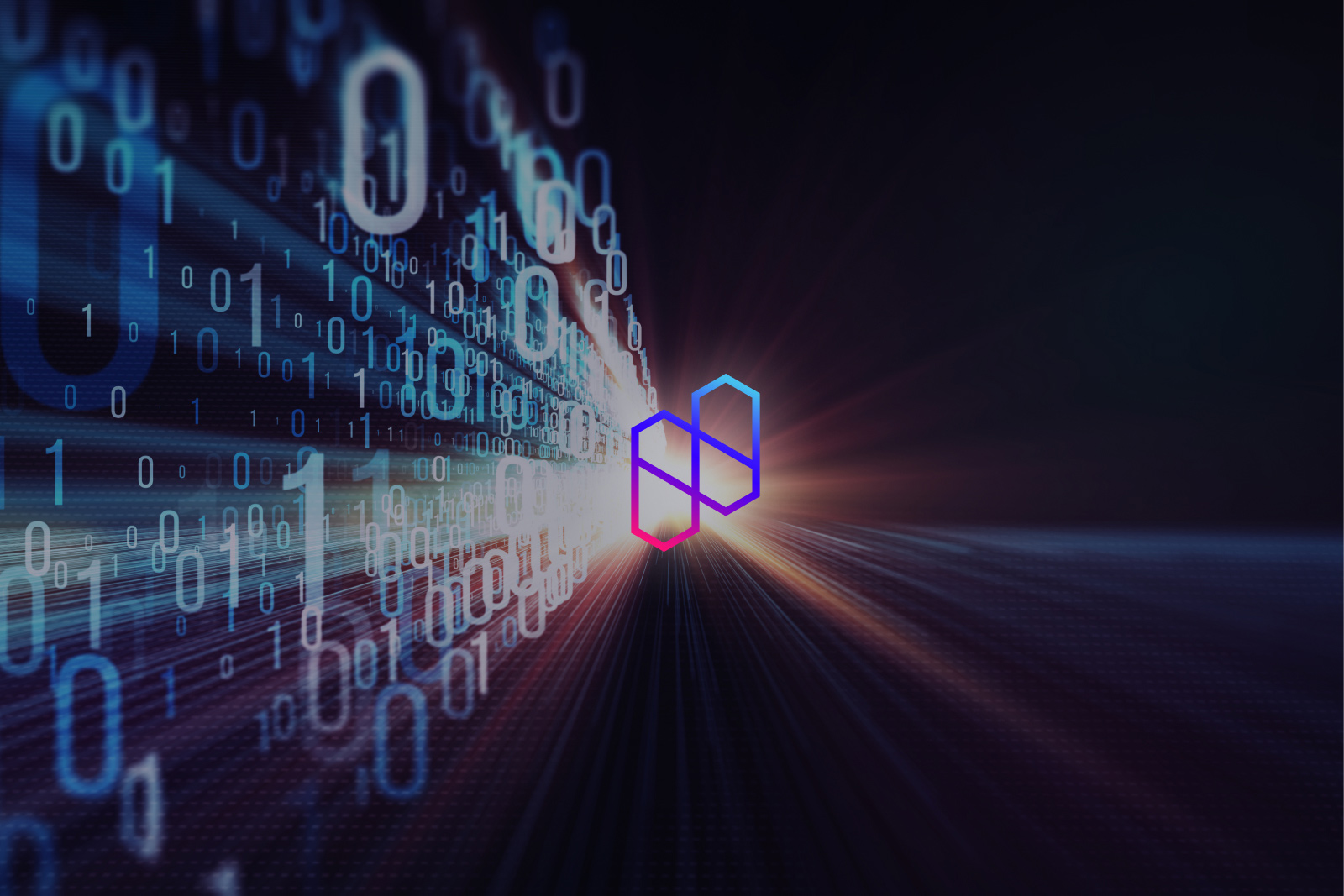· BYOC · 6 min read
Deployments as Revenue (DaR) - A New Business Methodology for SaaS
The current deployment dynamics of SaaS have the potential to leave your sales team with their hands tied. Deployments as Revenue (DaR) is a new business methodology that shifts the perception of software deployment from a routine internal operation to a strategic function aimed at driving profitable growth.

Multi-tenant is a pain in your SaaS
The current deployment dynamics of SaaS have the potential to leave your sales team with their hands tied, losing new business when a customer asks:
Our data must stay in our cloud account for privacy and compliance reasons. Can you run your product in our cloud account?
I ran up against this objection time and time again, selling upmarket in the healthcare vertical at Salesforce / Heroku. Typically, I was left trying to convince these customers to use the option where we hosted our platform for them. It was the deal killer; going 0 for six on my most significant opportunities during “Q4 magic” was a pain in my a**.
As a software vendor, deploying SaaS in your cloud account for end-users involves centralized management, multi-tenancy, and securing customer data. These elements pose risks for every business. On the other hand, every B2B software customer views their unique data as a key differentiator and competitive edge, particularly as technologies like LLMs and AI become more prevalent.
BYOC (Bring Your Own Cloud) shifts the location of hosting software applications and infrastructure from the vendor’s cloud account to the customer’s cloud account. It’s a modern deployment option customers are requesting. Given the complexity of building a BYOC offering, many teams are reactive. They’ll only entertain this option if the customer is willing to pay a significant premium. Automating these complexities is now possible thanks to Infrastructure as Code (IaC) tooling and public cloud adoption.
Let’s further dig into this strategy and discuss the benefits and trade-offs.
Customer Cloud Revenue
I belong to a sales community called War Room by the fantastic team at @Bravado . It’s a great community of sales pros, and you’d be surprised how other salespeople are handling the objection to run in customer cloud accounts for security and compliance reasons — here are a couple of examples:

Data privacy concerns are rising, which will further increase the need for a modern strategy that aligns with customer needs. Running software in the customer’s cloud account offers a higher degree of data isolation and security. It ensures that each customer’s data is segregated and under their control, reducing the risks associated with multi-tenancy and ensuring compliance with data privacy regulations.
Most sales teams have low-hanging fruit for revenue expansion within their pipeline. Product teams who offer a single-tenant offering that runs in their cloud account have an opportunity to provide more value for customers who require tenant isolation. Rethinking your deployment strategy from your cloud account to the customer’s cloud will allow you to create premium offerings for complete data isolation overnight.
Combined Benefits of SaaS and Self-Hosted
With a well-executed BYOC deployment, customers enjoy the same seamless user experience from the vendor’s product running in their cloud account without any technical overhead or the need for additional resources for management. It melds the security benefits of a self-hosted app with the ease and efficiency of a fully managed SaaS offering, delivering a unique, hassle-free, and ideal user experience.
Enhanced Security
Running your apps in the customer’s cloud account alleviates common security concerns associated with multi-tenancy. It ensures data isolation and offers a clear boundary of security responsibilities between the vendor and the customer.
Enhanced Trust
You can build greater trust by offering a version of your product that runs in the customer’s cloud account. Customers feel more secure knowing where their data resides and who can access it.
Transparent Compliance
With data and applications residing in the customers’ cloud accounts, compliance with various regulatory and industry standards can be more transparent and easier to validate.
Customization and Integration
Customers have the flexibility to tailor the cloud account to meet their specific needs while still benefiting from fully managed app running in their cloud. Also, they might find it easier to integrate your app with other systems when it’s deployed in their cloud account.
Scalability and Performance
Leveraging the customer’s cloud infrastructure changes the scalability and performance dynamics for every SaaS business. A small startup will be able to power their product all the way up market to the largest customers, without an army of DevOps engineers.
Cloud Governance Alignment with Customers
Your customers may already have compliant infrastructure. BYOC deployments adheres to various regional and industry-specific compliance standards easier as data governance is more in their hands.
Business Continuity Alignment with Customers
Every customer has specific disaster recovery and business continuity plans in place. Running your app in their cloud account can align with these plans more effectively.
Better Understanding of Cost
With software running in the customer’s cloud account, they’ll have a clearer understanding of the cost associated with running the software, which can lead to better budgeting and cost management.
Trade-offs
SaaS has been running in the vendor’s cloud account since the beginning, and it’s where engineering and product teams are confident in delivering a great user experience. As expected, you will hear some trade-offs if you attempt to sell this internally.
Complexity in Deployment and Maintenance
Although we have the tooling available to automate the complexities around BYOC — it still takes a ton of engineering resources to build and manage this offering.
Support Challenges
Each customer has unique needs and requirements for their cloud account, which could make scaling a challenge and affect user experience.
Reduced Control
Since your product is running in the customer’s cloud account, there will be questions around tracking performance monitoring and troubleshooting issues that arise.
Potentially Higher Cost
The initial investment and ongoing maintenance of BYOC might be more resource-intensive, requiring more sophisticated support and engineering teams.
A New Path Towards Profitability
Which levers are you pulling to ensure profitable growth in 2024? Every software business has become laser-focused on unit economics, capital efficiency, and margins. Finding inexpensive ways to improve profitability has trumped growth at all costs.
Traditional cost structures are being reimagined by running products in the customer’s cloud. Vendors can significantly trim down their infrastructure and operational expenses. Cost savings and the potential for premium offerings is a solid foundation to build on.
Rethinking where your product runs is becoming a competitive advantage for every open-source and SaaS product. The unique security posture serves as a significant selling point — especially in industries where data privacy and compliance are common objections. As more teams begin to shift their attention to the customer’s cloud, we believe deploying software as a function to drive profitable growth will create lean and thriving businesses for the future.



